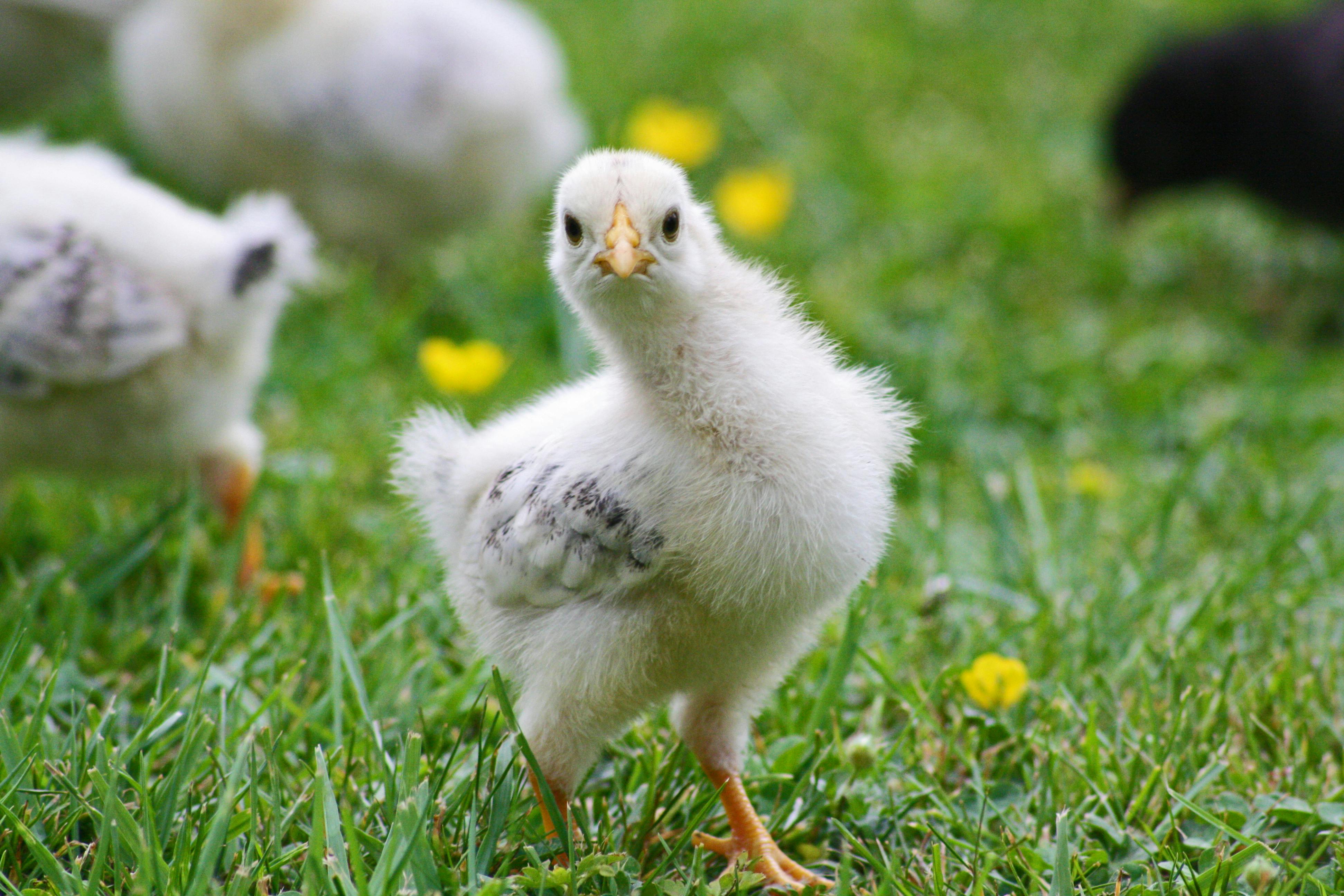
Essential Guide to What Animals Can Eat Chocolate Safely in 2025
As pet owners, ensuring the health and safety of our beloved companions is paramount. One common concern is the ingestion of chocolate, a treat beloved by many humans but potentially dangerous for our pets. Understanding chocolate toxicity is crucial for responsible pet ownership, especially considering the various types of chocolate and their effects on different animal species. In this guide, we will delve into what animals can safely consume chocolate, the reasons behind chocolate toxicity, and the necessary precautions to take. Animal health and safety should always come first, and informed pet owners play a significant role in preventing potential health risks.
This article will cover:
- Understanding chocolate and its toxic components
- Common symptoms of chocolate toxicity
- Animal-specific chocolate effects
- Chocolate alternatives for pets
- Emergency protocols for chocolate ingestion
By the end of this guide, you’ll have a clearer understanding of chocolate safety regarding your pets, including dogs, cats, and small animals.
Understanding Chocolate Toxicity in Pets
Building on the importance of pet health, it's essential to acknowledge that chocolate contains two toxic compounds for pets: theobromine and caffeine. Both of these substances can provoke adverse reactions in animals, leading to chocolate poisoning, especially in dogs and cats.
The Toxic Components of Chocolate
Theobromine is the primary toxin found in chocolate that affects pets. It can lead to various health issues depending on the amount ingested relative to the animal's weight. Caffeine, found in smaller quantities, also contributes to toxicity but to a lesser extent. Both substances can be harmful due to the slow metabolism rates in pets, especially dogs, who metabolize theobromine at approximately one-fifth the rate humans do.
Types of Chocolate and Their Risks
Different types of chocolate have varying levels of toxicity. Dark chocolate and baker's chocolate contain the highest levels of theobromine, posing a significant risk to pets. Milk chocolate has lower levels, but it is still unsafe in considerable quantities. White chocolate, while containing very little theobromine, is not recommended for pets due to high sugar and fat content, which can lead to other health issues.
Symptoms of Chocolate Ingestion
Pet owners must recognize the symptoms of chocolate ingestion: vomiting, diarrhea, increased heart rate, restlessness, and in severe cases, seizures or death. Prompt recognition of these signs can be vital for effective treatment. Always consult with a veterinarian immediately if you suspect your pet has consumed chocolate.
Animal-Specific Chocolate Effects
With these basics established, it’s important to explore how chocolate affects different types of pets, including dogs and cats.
Effects on Dogs
Dogs are particularly susceptible to chocolate toxicity due to their natural curiosity and tendency to scavenge. Even small amounts of chocolate can lead to health risks, especially in breeds that are more prone to behavioral issues regarding food. Pet owners should be aware of the signs of chocolate poisoning and seek veterinary advice immediately following any chocolate consumption.
Effects on Cats
While cats are less likely to consume chocolate due to their dietary preferences, it is important for cat owners to be cautious. Cats can experience similar symptoms to dogs if they ingest chocolate, though incidents are less common. Nevertheless, any suspected ingestion should be treated seriously, and a vet consulted.
Impacts on Small Pets
Small pets like rabbits and guinea pigs can also be affected by chocolate ingestion, although research on this is limited. The risks are similar to those in dogs and cats. Their unique metabolic processes can make them more vulnerable, so it is crucial to keep all types of chocolate out of their reach.
Chocolate Alternatives for Pets
This naturally leads us to alternative treats that are safe for pets, ensuring they enjoy tasty snacks without jeopardizing their health.
Safe Treat Options
Pet owners should consider numerous safe chocolate alternatives to satisfy their furry friends’ cravings. Carob, a legume that resembles chocolate in flavor, is an excellent substitute. It is caffeine-free and doesn't contain theobromine, making it safe for all pets.
Creating Homemade Treats
For the DIY enthusiasts, crafting homemade treats using safe ingredients can be a fun and rewarding experience. Simple recipes with peanut butter, pumpkin, or sweet potatoes can provide your pets with satisfying snacks free from harmful substances.
Commercially Available Alternatives
Many companies offer pet-friendly chocolate substitutes. These products often contain carob or other safe ingredients designed specifically for canine and feline consumption. When searching for these, always check for ingredient transparency to ensure the treats are safe for pets.
Emergency Protocols for Chocolate Ingestion
With these points highlighted, recognizing an emergency after chocolate ingestion is crucial for pet owners. Understanding what actions to take can mean the difference between life and death for your pet.
Immediate Actions to Take
If your pet has ingested chocolate, immediately contact your veterinarian or an emergency vet clinic. Providing them with information, such as the type of chocolate and the amount ingested, will help them assess the severity of the situation.
Preventive Measures
To avoid such incidents, consider preventive strategies, such as being mindful of where you store chocolate and ensuring pets do not have access to places where it might be left out. Educating family members, especially children, is crucial in reinforcing these preventive strategies.
Veterinary Consultation and Follow-Up
After an incident of chocolate ingestion, a veterinary consultation can help identify potential health risks and provide guidance on monitoring for symptoms. They may recommend a visit for further evaluation, highlighting pet health management post-exposure.
Conclusion
In conclusion, understanding chocolate toxicity, its effects on pets, and emphasizing chocolate safety can significantly mitigate risks associated with chocolate exposure. Responsible pet ownership involves education and awareness regarding harmful foods. By providing safe alternatives and maintaining vigilance regarding potentially harmful ingredients, pet owners can protect their furry friends from chocolate-related health issues. Remember, awareness leads to action, and a proactive approach ensures a healthier future for our beloved pets.
 example.com/image2.png
example.com/image2.png
 example.com/image3.png
```
example.com/image3.png
```